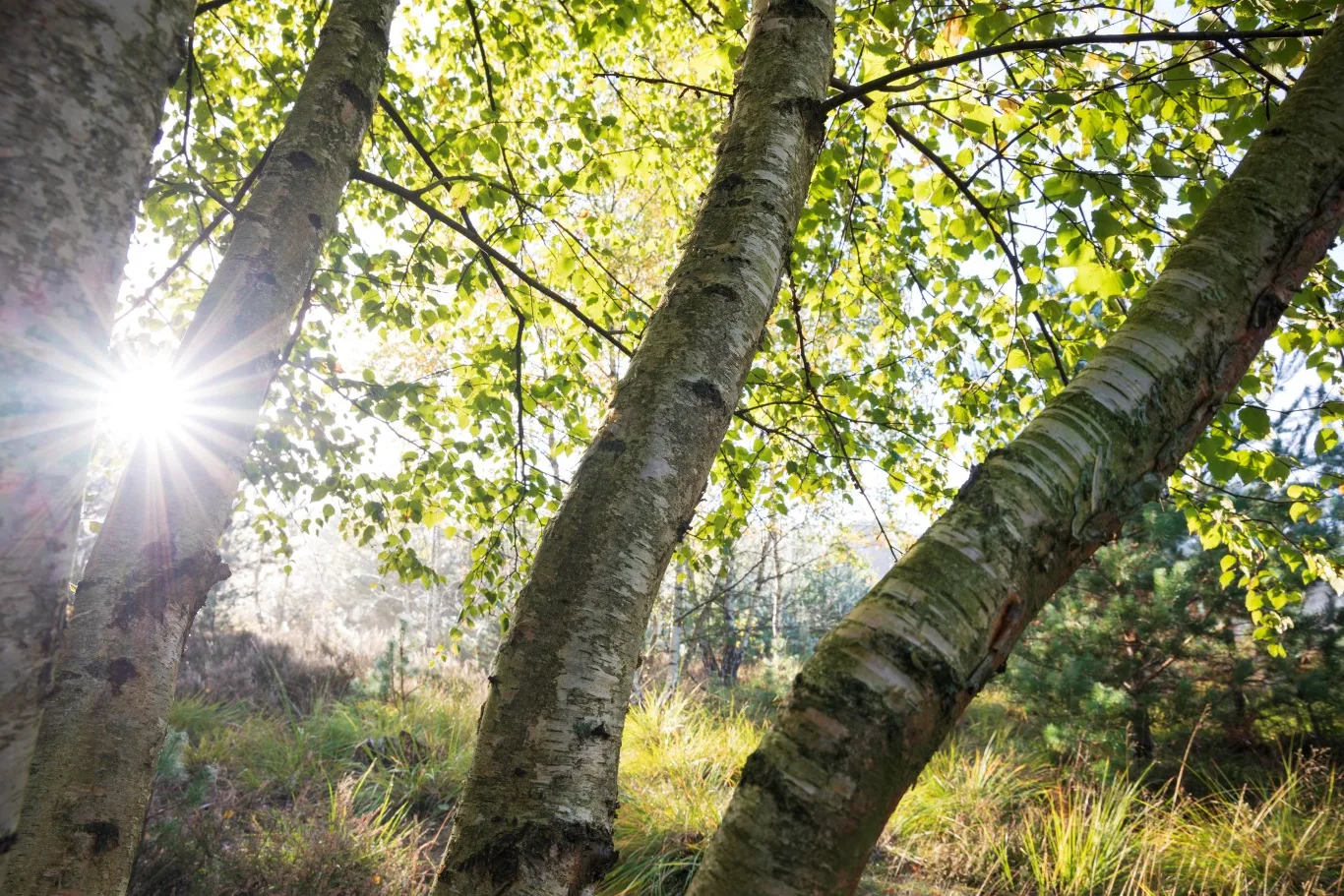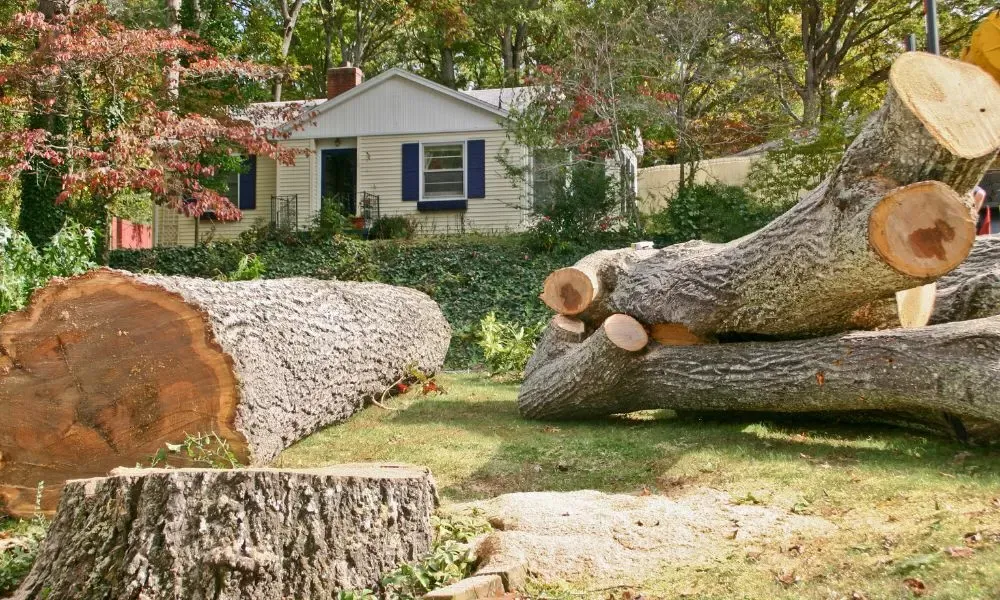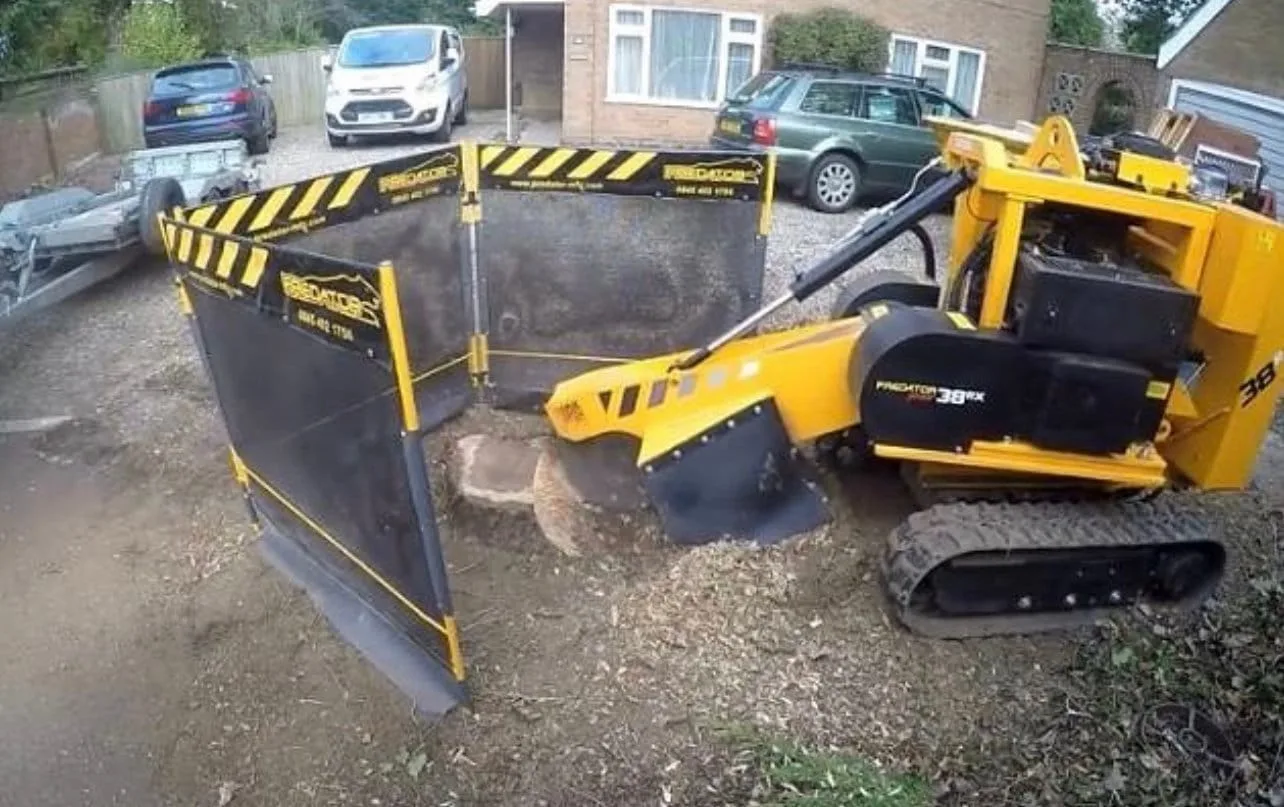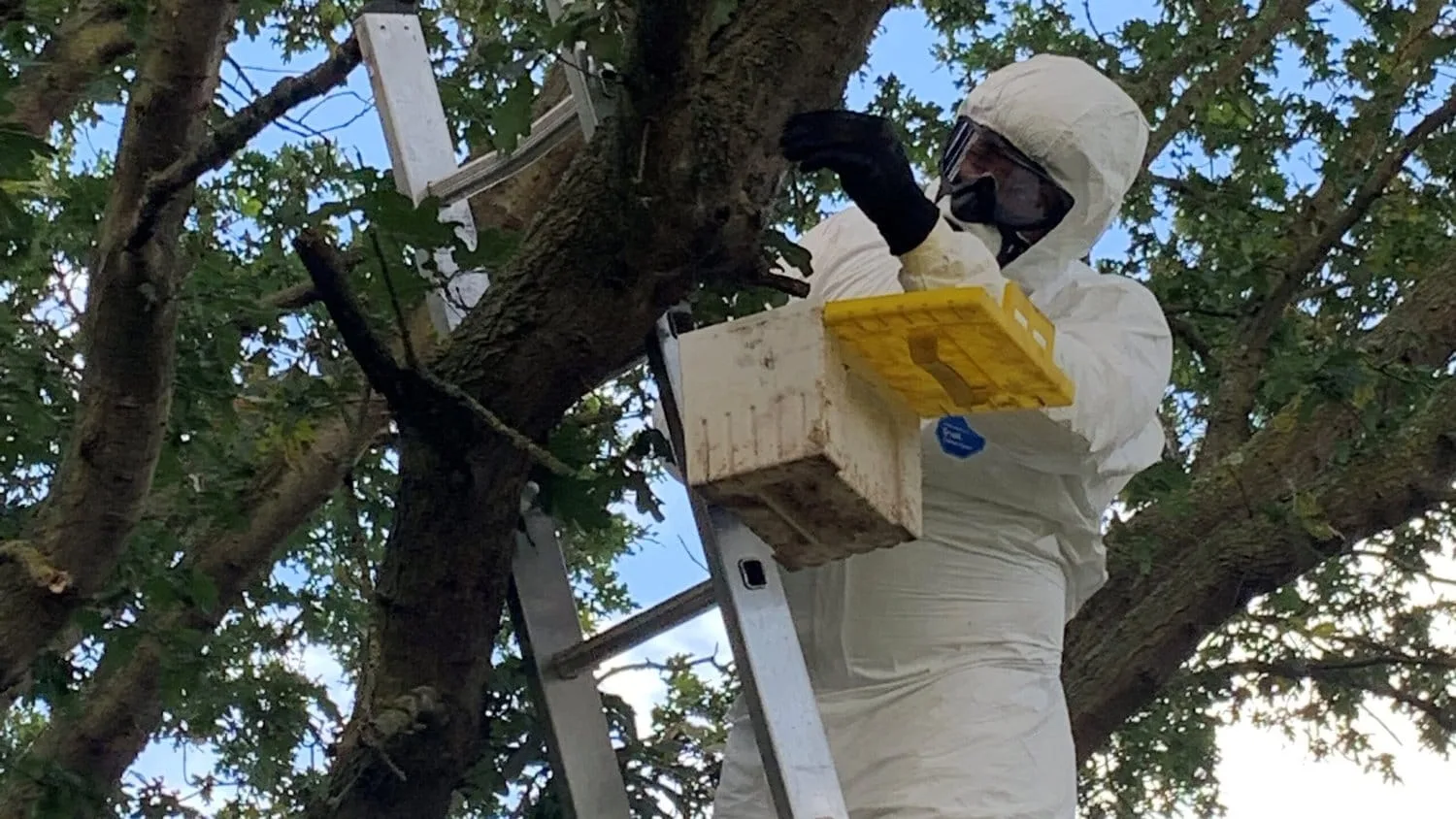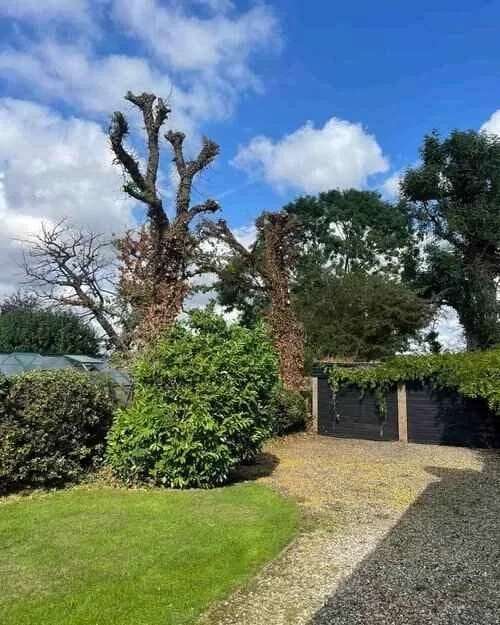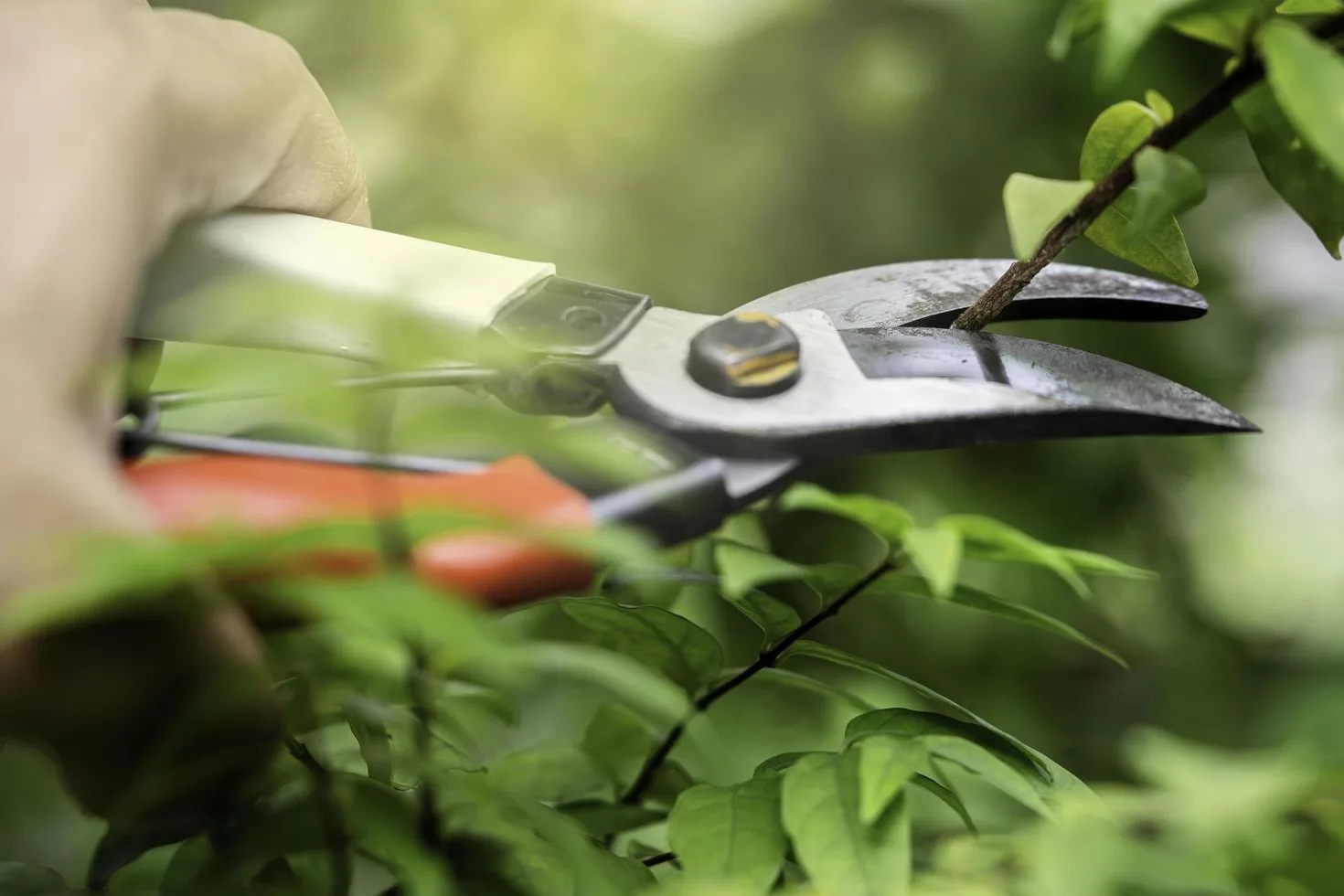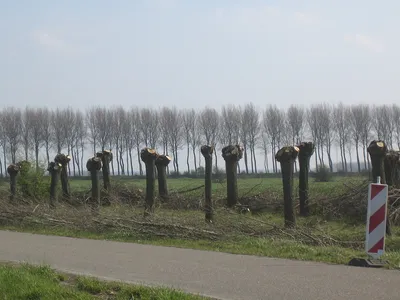At Chigwell Tree Services, we handle all Tree Preservation Order (TPO) applications on behalf of our customers when they proceed with the work and accept the quote. This process is handled at no extra cost, ensuring seamless compliance with local regulations.
What is a Tree Preservation Order?
A Tree Preservation Order (TPO) is a legal safeguard issued by local authorities to protect specific trees or woodlands deemed essential for public amenity. These trees may hold significant value for their natural beauty, historical importance, or contribution to the environment. Under a TPO, it is illegal to cut down, prune, damage, or destroy the tree without explicit permission from the local council.Why is a TPO required?
TPOs play a vital role in preserving our natural environment by maintaining the ecological balance and enhancing the landscape. Protected trees contribute to air quality, wildlife habitats, and the overall aesthetic appeal of an area. Before performing any work on a tree, it’s crucial to verify its protection status to avoid hefty fines or legal complications.Types of Trees Protected by TPOs
A TPO can apply to various types of trees, ranging from individual specimens to entire areas. These include:
- Individual Trees: Singular trees of significant value, such as heritage trees or rare species.
- Groups of Trees: Small clusters of trees that collectively enhance the visual appeal and biodiversity of an area.
- Woodlands: Extensive forested regions that provide critical habitats and ecological benefits.
- Areas: Specific zones where all trees, regardless of size or species, are protected under the TPO.
Legal Consequences of Unauthorised Work
Engaging in unauthorized work on trees with TPO protection is considered a criminal offense. Violators may face penalties, including:- Fines up to £20,000 per tree for minor breaches.
- Unlimited fines for more severe offenses involving deliberate destruction.
- Potential legal action or prosecution, which may result in a criminal record.
Application Process for TPO Work
If you need to perform work on a tree under a TPO, you must submit a formal application to your local authority. The application typically includes:- Detailed information about the proposed work (e.g., pruning or removal).
- A clear explanation of the reasons for the work (e.g., safety concerns or tree health issues).
- A location plan or map showing the position of the tree.
TPOs and Conservation Areas
Trees located within conservation areas are automatically protected, even if they are not specifically covered by a TPO. If you wish to work on such trees, you must notify the council at least six weeks in advance. During this time, the council may decide to issue a TPO to ensure the tree's continued protection.How to Check if a Tree is Protected
To determine whether a tree is subject to a TPO or is within a conservation area, you can:- Contact Your Local Council: Councils maintain records of all protected trees and can provide confirmation.
- Use Online Resources: Many councils offer interactive maps and online databases showing TPO-designated trees.
- Consult a Professional: A certified tree service company can conduct a TPO check on your behalf and offer additional guidance.
The Role of Professional Tree Services
Professional tree services play a key role in navigating the complexities of TPO regulations. Their expertise includes:- Conducting accurate TPO and conservation area checks.
- Assisting with council applications and ensuring compliance.
- Providing tailored advice for safe and lawful tree maintenance.


